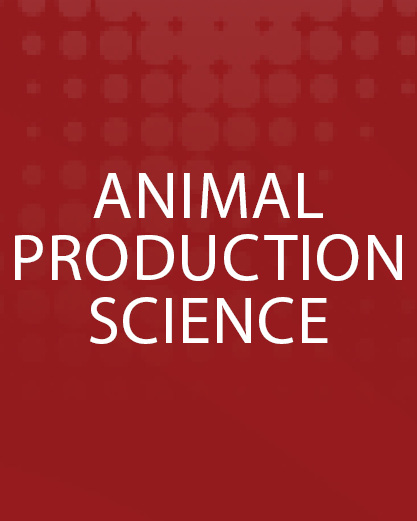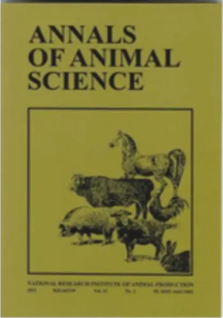Document type: scientific article published in Animal Production Science
Authors: Greg M. Cronin, Phil C. Glatz
Preview: When feather-pecking behaviour by hens becomes repetitive, plumage damage often results for the recipient of the pecks. The forceful removal of feathers and vigorous pecks directed at the skin may also cause pain, fear and even wounds. Outbreaks' of pecking behaviour have been reported in all housing systems in which poultry are managed. Pecking may progress to cannibalism and death, thus constituting significant hen welfare and farm economy problems. Farmers apply preventative management practices to minimise the risk of outbreaks. However, outbreaks are unpredictable and, once in progress, are difficult to control, especially in non-cage housing systems. For more than a century, research has been directed at trying to identify the causal factors underlying this problem, without success. The problem is multi-factorial and different studies often identify contradictory findings, such as, for example, in relation to the effects of adding drilling to increase environmental enrichment, among others. The present review aims to provide background information about severe feather-pecking behaviour in laying hens, with mention of the resultant issues from repeated performance, such as, for example, on feather cover over the life of the laying hen. On-farm surveys, epidemiological studies and experimental trials have generated much information that has improved our general understanding of the significance of the problem, even though studies have typically been inconclusive due to its multi-factorial causes. While 'Good Practice Guides' are available and provide relevant advice for farmers to manage flocks to minimise the risk of outbreaks, we suggest significant progress towards identifying the root-cause(s) of the problem will more likely be achieved through controlled experimental trials using research models than through survey approaches. For example, using a stress-induction model, researchers should first focus on the impact of cumulative stressors in the flock that seem to predispose a hen to either become a feather pecker, or be the victim of pecking. Subsequent research should then investigate the affected hens for altered behavioural or (neuro-) physiological states, or physical stimuli on the skin and feathers, that may increase the motivation of hens to become feather peckers.





